How to 3D Print
The CICS Makerspace at UMass, Amherst currently uses Prusa 3D printers. Below are some instructions for getting started with 3D printing on these printers.
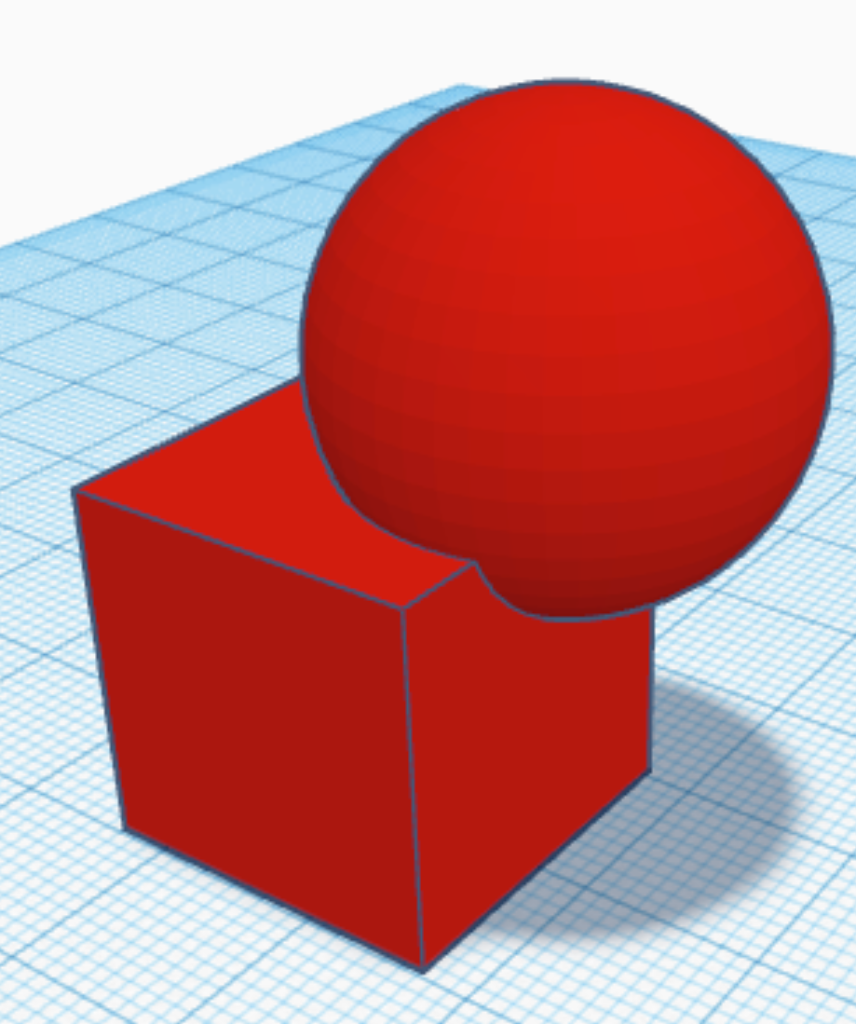
- Develop a 3D model.
- You can download a ready-made model at many online resources, like https://www.thingiverse.com/ or NASA’s 3D models.
- You can make your own with easy-to-learn, online software like https://www.tinkercad.com/, or more advanced CAD software like Fusion 360 or SolidWorks.
- If you need a computer, there should be one available outside the 3D printer room in the CICS Makerspace.

- Save/export your 3D model as an STL file. More info on STL files is here.
- Import the STL file into a slicer program that will prepare the 3D object for the printer. We use PrusaSlicer because it plays well with the printers in the makerspace. The program is free and worth downloading if you’re going to be printing a lot. There are other options for slicer programs if you’d like to branch out.

- (Skip this step if you’ve already set up PrusaSlicer) To set up PrusaSlicer:
- When you first open PrusaSlicer you’ll be prompted to configure things via the Configuration Wizard.
- Press “Next” until you reach the “Prusa FFF Technology Printers” page.
- We use Prusa MINI and MK3 Family printers. Select the buttons for “Standard” on the following families:
- MINI Family
- MK3 Family
- There are other settings you can choose in the remainder of the wizard. But if you’re ready to get to the next step, then press the “Finish” button.
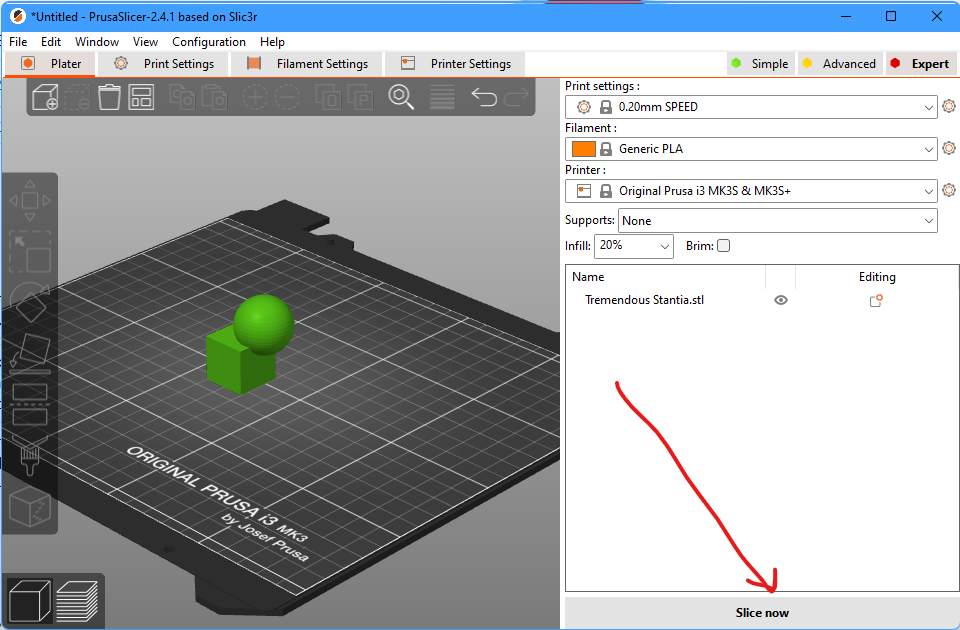
- PrusaSlicer translates the STL file into g-code, the language that tells the 3D printer how to move and extrude the plastic. There are a few settings here that you’ll need to setup. If you’re unsure what to do, you can leave the default settings as they are. Here are some good defaults:
- Print settings: 0.20mm SPEED
- Filament: Generic PLA
- Printer: (set this to the type of printer you’re going to use)
- Supports: (this helps support overhangs or roofs)
- Infill: 15%
- We generally use PLA plastics to print especially if you’re inexperienced. It’s forgiving and easy to work with. Other plastics you might encounter are PETG, ABS, or TPU.
- Hit the “Slice Now” button in the lower right to translate the STL to g-code!
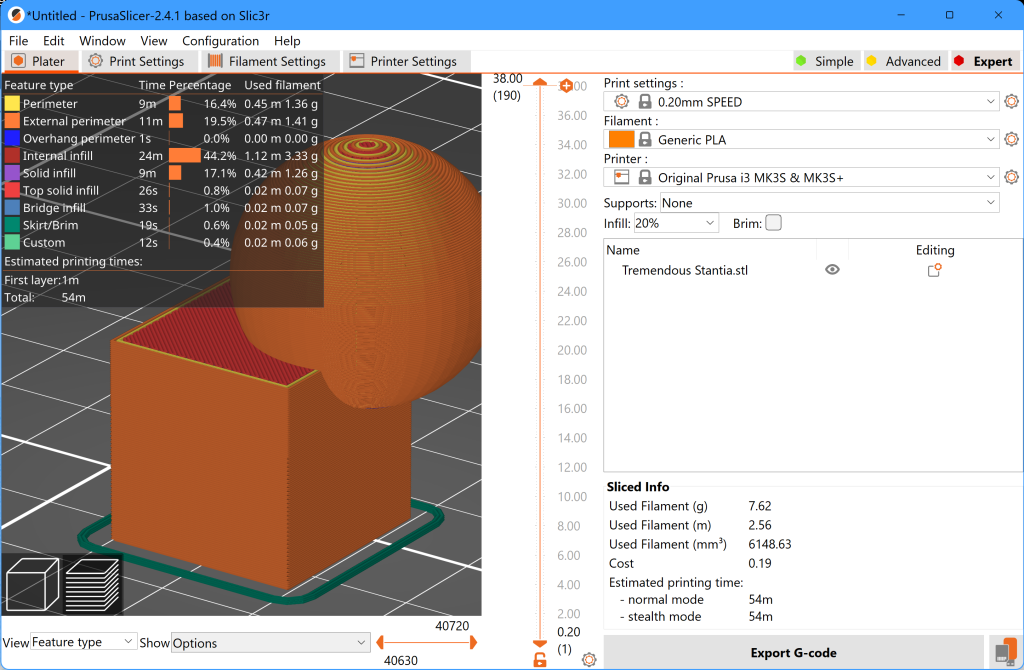
- You can inspect the rendering of the 3D object as a toolpath or find out specifics about how the object is going to print here. The time and materials used are listed in the lower right of the screen.
- Grab the SD card or USB flash drive from the printer you’re going to use. Place it in the computer running PrusaSlicer.
- When you’re ready, press the “Export G-code” button in the lower right to put the g-code on the removable media.

- Press the big, black knob (which is also a button) on the face of the printer’s display. This will bring you to a menu where you can choose “Print from SD” (or USB on the Prusa Mini). Find your file and select it. The printer will start printing after it warms up.
- The time remaining on the print is shown in the lower right of the display. Check it to see when your print will be ready.
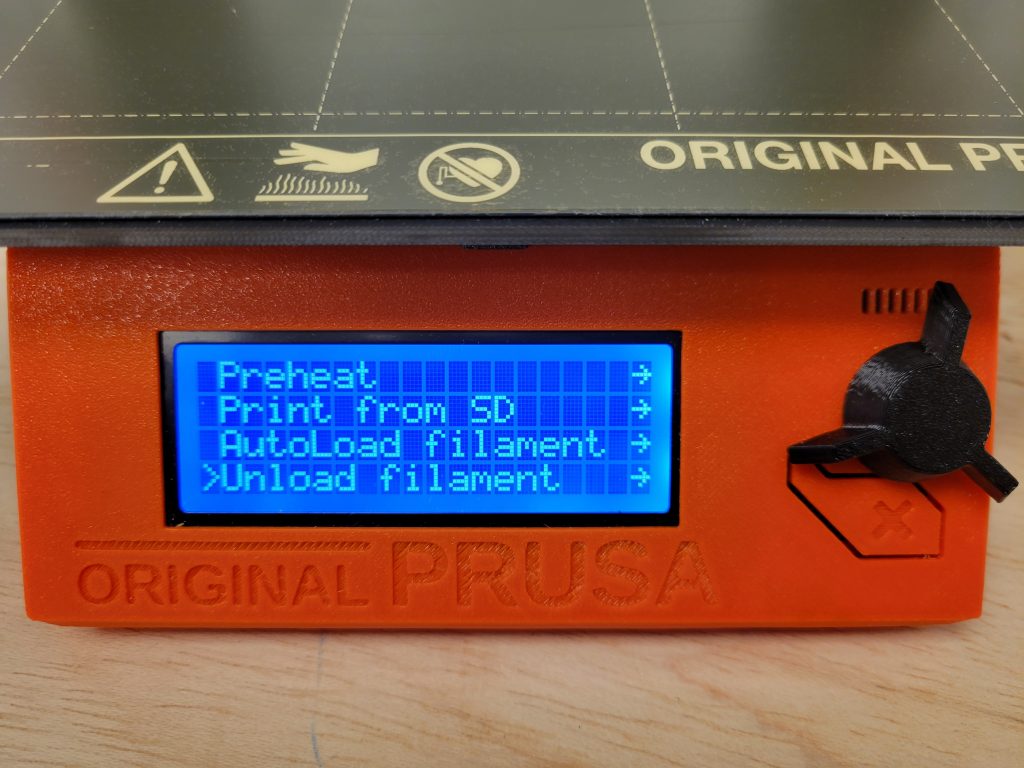
- If the filament in the printer isn’t the color you want, or the filament is running low, you can change the filament by:
- Press the black button to call up the menu. Scroll down to “Unload filament” and choose it.
- After the printer heats up, quickly pull out the filament from the print head.
- Secure the end of the filament on the spool.
- Mount the new filament. Then feed the free end into the hole where the old filament used to be. The printer should auto-detect the presence of new filament and will load it automatically.
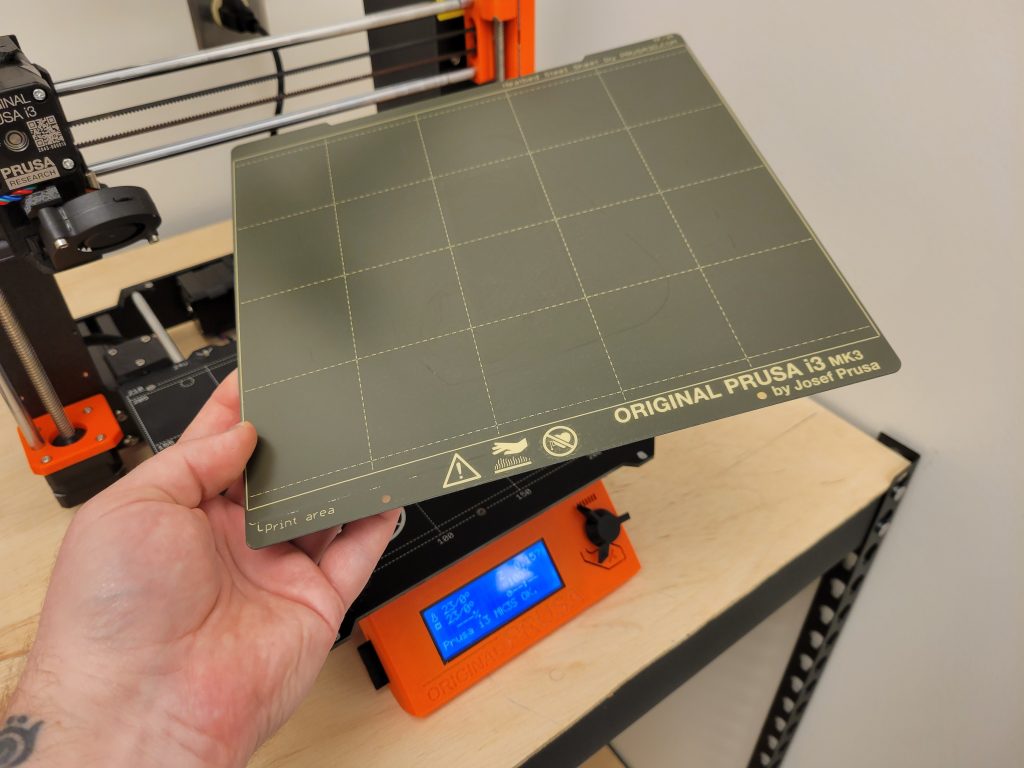
- When your print is finished and the hot bed is cool enough to touch, you can lift the metal plate with your print on it. Gently (well, a little bit more than ‘gently’) bend the plate so the print is released. Then snap off the rest of the print.
- Excess PLA, like the skirt, test extrusion line, or supports can be placed in the box under the printers for recycling.
- If your print failed or you will be discarding it, you can recycle it in the box under the printers.
- Spray some isopropyl alcohol on the print bed to remove oils from your hands and the printer filament. Then let it dry.
- You’re all done!